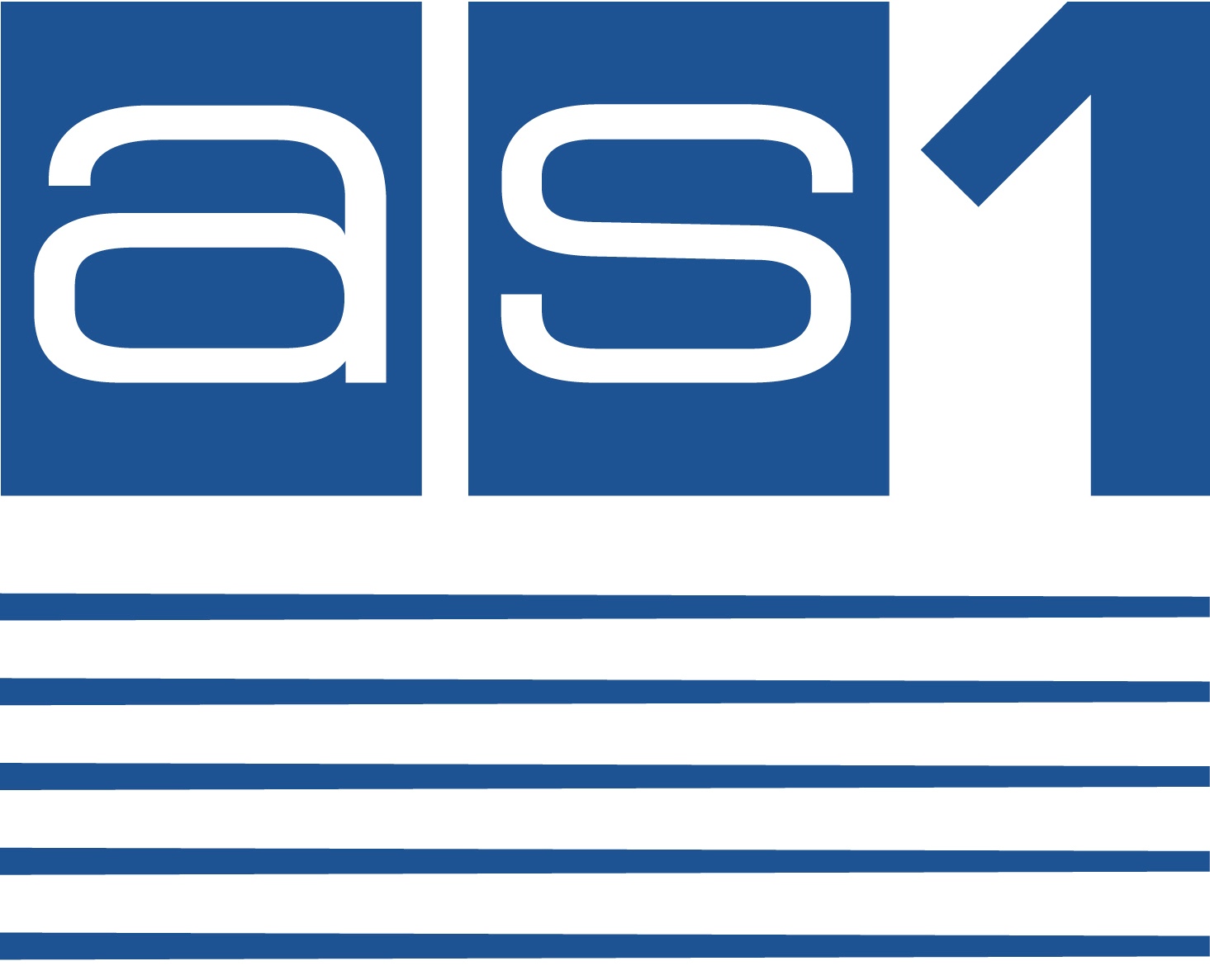AS1 is pleased to announce, Dr. Barry Bochner will be presenting in New Zealand. Read his Biography and Presenting Schedule and contact Anna if you are interested in attending.
TITLE: Phenotype MicroArrays: An Overview of the Technology and Applications
PRESENTER: Barry R. Bochner, Ph.D., CEO & CSO, Biolog, Inc., Hayward, CA Biography and New Zealand Presenting Schedule
Phenotype MicroArray (PM) technology allows a biologist to test thousands of phenotypes of a cell line in a single experiment, to gain a comprehensive overview of the metabolism, physiology, and pathway fluxes.It provides phenomic and metabolomic information that is complementary to genomic or proteomic analysis and often more easy to interpret and more useful.The PM technology platform is applicable to a wide range of cells including bacterial, fungal, or animal and enables metabolic analysis in the context of genotype-phenotype studies. For example, it can be used for (1) analyzing cells with mutations to determine the metabolic and physiologic effects of genetic differences, (2) studying and defining cell metabolism and metabolic regulation, (3) understanding the interplay of environment and hormonal signals on cell metabolism and physiology, (4) optimizing cell culture conditions, and (5) looking at the effects of drugs and other chemicals on cellular pathways. For microbial cells, recent work has demonstrated the utility of the technology for determining culture conditions that turn on and turn off production of toxins and other secondary metabolites that microbes can produce. The technology also has many applications with human cells, including the assay of the effects of microbial toxins. Specific examples and discoveries will be presented to illustrate the many uses of PM technology.




